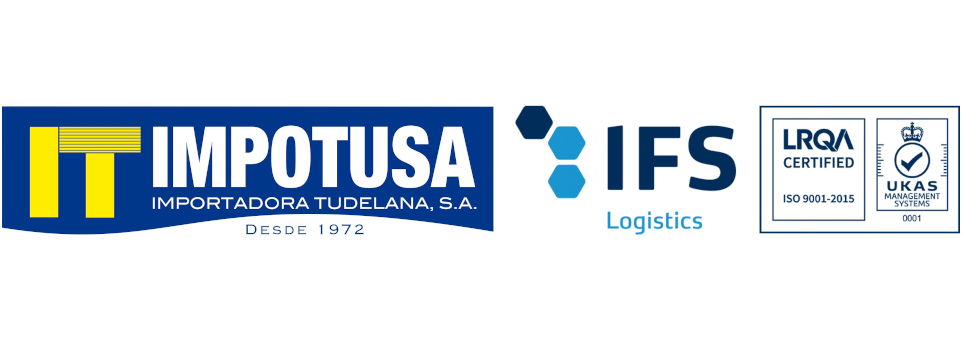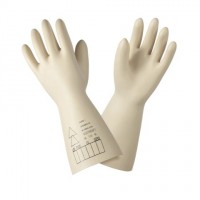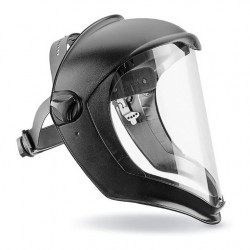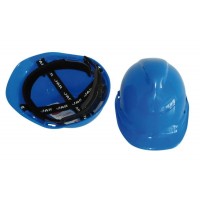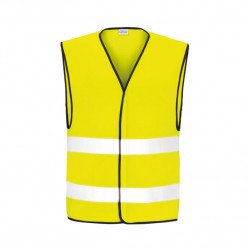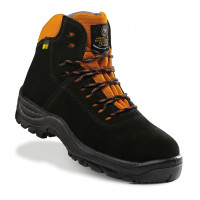- News
- 26592 views
Accidents due to electrical hazards at work can have highly serious medical consequences for the employee. This is why training and compliance with preventive measures, along with certified equipment, are essential to avoid this type of incidents in the company.
It is impossible to completely avoid accidents, but we can do everything in our power to protect our workers from electrical risks derived from certain jobs.
In the following article we talk to you about the personal protective equipment for electrical work that is necessary to perform the job safely.

Electrical risk at work
Accidents due to electrical hazards at work can have highly serious medical consequences for the employee. This is why training and compliance with preventive measures, along with certified equipment, are essential to avoid this type of incidents in the company.
It is impossible to completely avoid accidents, but we can do everything in our power to protect our workers from electrical risks derived from certain jobs.
In the following article we talk to you about the personal protective equipment for electrical work that is necessary to perform the job safely.

Electric shock due to direct or indirect electrical contact.

Burns as a result of an electric arc caused by a short circuit.

Falls or blows as a result of shock or electric arc.

Explosions due to the accumulation of electrostatic charges generating explosive atmospheres.
Electrical protective equipment
Electrical protective equipment (PPE) serves to protect the worker from risks arising from work and must always meet the minimum safety and hygiene requirements.
In the case of PPE for electricians , they vary depending on whether the work is carried out in low voltage or high voltage . On the other hand, in ATEX environments (Explosive Atmospheres) it is necessary, at a minimum, to use Fire Retardant Clothing (EN11612) and Antistatic Clothing (EN1149-5).
Low voltage PPE
All PPE must meet the requirements defined in EU Regulation 2016/425, relating to personal protective equipment (PPE).
- Protection of hands and arms: gloves or mittens made of insulating material that provide electrical protection.
- Foot protection: safety footwear designed to offer great electrical resistance and prevent current from penetrating the user's body
- Head protection: electrically insulating helmets for use in low voltage installations
- Eye protection: certified face shields are the only eye protectors valid for this area of the body.
- Protective clothing: insulating protective clothing when working with low voltage installations, intended for use by qualified electricians
High voltage PPE
High-voltage PPE are subject to “double regulations” : RD 773/1997 and RD 1407/1992.
- Insulating accessories: these are equipment for covering active parts or masses, with an insulation level verified by electrical tests.
- Insulating or insulated tools: these are equipment that have an insulating coating according to technical standards. Equipment such as tools, tweezers, test leads,…
- Insulating poles: they are used to carry out tasks without having to approach or be in contact with active areas in the installation.
- Insulating or isolated devices: these are devices that provide insulation with respect to ground.
- INSHT electrical risk PPE: these are equipment to protect against serious or fatal risks. They have to bring with them the CE marking and category III.
As you have seen, there are various risks to which we can expose ourselves without the appropriate equipment to work. Therefore, it is essential to have adequate labor protection equipment for each task, risk and need.
At Impotusa we are leaders in the labor protection equipment sector. If you need advice, contact us , we will be happy to help you.
